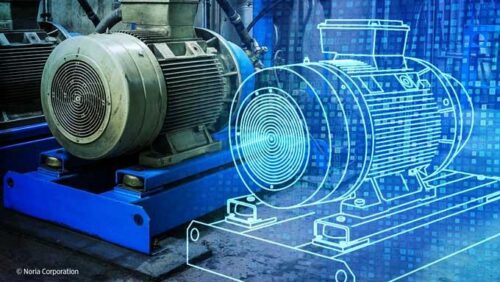TECHNOLOGY ADVANCEMENTS IN PLANT AND MACHINERY VALUATION
Technology Advancements in Plant and Machinery Valuation
In the ever-evolving landscape of industries and businesses, the valuation of plant and machinery has become a critical component for various purposes, including financial reporting, taxation, insurance, and asset management. Over the years, technology has played a pivotal role in transforming the way we approach the valuation of these assets. In this article, we will explore the key advancements in technology that have reshaped the field of plant and machinery valuation.
1. Digital Twin Technology
One of the most significant advancements in plant and machinery valuation is the adoption of digital twin technology. A digital twin is a virtual replica of a physical asset, such as a machine or a plant, created through sensor data, IoT (Internet of Things) devices, and advanced modeling. This technology allows valuers to have real-time access to data and performance metrics of machinery, leading to more accurate valuations. It also facilitates predictive maintenance and reduces the risk of undervaluation or overvaluation.
2. Machine Learning and Artificial Intelligence
Machine learning (ML) and artificial intelligence (AI) algorithms have revolutionized the valuation process. These technologies can analyze vast datasets, historical pricing trends, and market conditions to determine the fair market value of machinery. Valuation models powered by AI can adapt to changing market dynamics and provide more accurate valuations than traditional methods. Additionally, AI-driven solutions can automate repetitive tasks, saving time and reducing human errors.
3. Blockchain for Asset Provenance
Blockchain technology has found its way into the world of asset valuation by providing a transparent and tamper-proof record of an asset’s history and ownership. This is particularly useful for high-value machinery and equipment. Blockchain ensures that the valuation process is based on accurate information and eliminates the risk of fraudulent claims or disputes related to the ownership and condition of assets.
4. 3D Scanning and Imaging
Precise measurements and detailed images are crucial for valuing complex machinery and equipment. 3D scanning and imaging technologies enable valuers to create detailed digital representations of assets. These digital models can be used to assess wear and tear, identify defects, and evaluate the overall condition of machinery with exceptional accuracy.
5. Data Analytics and Market Intelligence
Access to real-time market data and intelligence is vital for accurate valuation. Advanced data analytics tools and market intelligence platforms provide valuers with up-to-date information on market trends, supply and demand dynamics, and price fluctuations. This enables them to make more informed decisions and produce valuations that reflect the current market conditions.
6. Remote Inspections and Augmented Reality
In situations where physical inspections are challenging or costly, remote inspection technologies and augmented reality (AR) can be invaluable. Remote inspections use drones and other remote sensing devices to assess the condition of machinery from a distance. AR can overlay digital information onto physical assets, aiding valuers in assessing complex machinery and making more accurate valuations.
7. Cloud-Based Valuation Software
Cloud-based valuation software has streamlined the valuation process by enabling collaboration among multiple stakeholders in real-time. Valuation professionals can access and update valuation data securely from anywhere, improving efficiency and reducing the risk of errors associated with manual data handling.
8. Environmental and Sustainability Factors
As environmental and sustainability concerns become increasingly important, technology has integrated these factors into the valuation process. Advanced tools can assess the environmental impact of machinery and equipment, helping businesses make informed decisions about the disposal or upgrade of assets based on their sustainability goals.
In conclusion, technology advancements have brought significant improvements to the field of plant and machinery valuation. These innovations have led to more accurate valuations, improved efficiency, and greater transparency in the valuation process. As technology continues to evolve, we can expect further enhancements in the accuracy and efficiency of valuations, benefiting businesses, investors, and other stakeholders in the valuation ecosystem.


